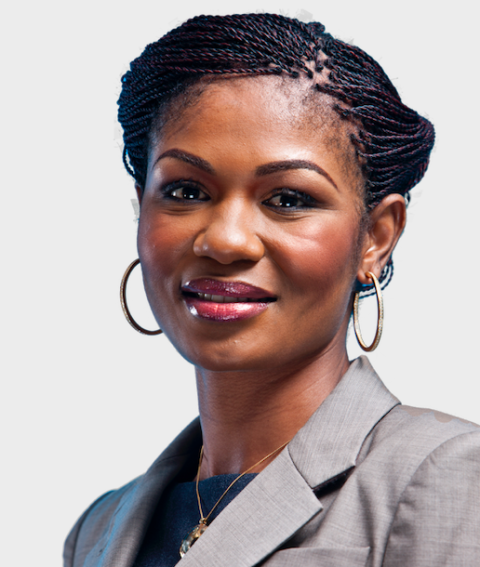Financial Mail Women
Prioritising Diversity And Inclusion
Until the advent of democracy, Thuthula Balfour, head: Health, Minerals Council SA, and patron of Women in Mining SA (WiMSA) says that women were not permitted to venture underground. “Historically, patriarchy has caused women to struggle to achieve the levels their talents merited.”
Lindiwe Nakedi, owner and MD of Gubhani Exploration, says that women whose personal circumstances change often leave mining. “So we need retention strategies to ensure they have support,” she says. “The ability to deliver on their job should be all that matters.”
Thabile Makgala, chairperson and director for WiMSA, says companies must prioritise and advocate diversity, parity and greater recognition of female leadership: “A lack of deliberate efforts to develop, integrate and support women in the mining industry is a big contributing factor to the dearth of women in leadership roles”.
“We have not done enough to make the industry attractive to ambitious young women,” says Deshnee Naidoo, Vedanta Zinc International CEO, and board member of the Minerals Council. “If you don’t have a leadership development pipeline with a specific focus on young women already in place, you are going to struggle. It starts with the basics. “Mining requires very specific equipment, clothing and tools, all traditionally designed with men in mind, to the extent that women needed to undress fully to use the toilet,” says Nakedi.
Freshly qualified engineers must work their way up to management roles. “You have to get dirty, deal with outdated male mindsets that make interpersonal relationships difficult, and do strenuous shift work,” says Nakedi. “You must literally dig your way up from underground with physical labour, so you need to be resilient and persevere.”
Mechanisation and automation are creating additional opportunities for women. “We need to educate women to see career paths such as data analysis and digital skills, which are becoming important in the industry,” says Nakedi.
Driving the advancement of women
“As leaders, we should be making the advancement of women our absolute priority,” says Naidoo. “As we pointed out at the launch of the Council’s white paper on women in mining – [Naidoo was instrumental in producing the white paper earlier this year], companies seeing success in this initiative are ones where the drive is led by the CEO.”
Nakedi agrees: “The white paper comes from leaders who make the decisions. This means the Council is starting to adapt.” “The white paper’s overall goal is to streamline the industry’s strategies to advance women in the industry,” says Balfour. “This includes ablution and childcare facilities, and suitable personal protective equipment ensuring their safety and security. The launch at the same time as the white paper of a campaign to address gender-based violence and harassment on South Africa’s mines is a very important part of these initiatives.”
Naidoo adds that over the next five years, “we are aiming for 30 per cent of the industry’s workforce to be female, roughly double what it currently stands at. This year’s focus is on kicking off an industry-wide commitment with a clear strategy and action plan towards gender equality in mining.” The white paper offers an action plan that member companies can follow to address the issue proactively. “Increasing the number of women at all levels of the South African mining industry is not an optional extra: it is an obligation, and one which we take very seriously,” says Naidoo.






 Sign-up and receive the Business Media MAGS newsletter OR SA Mining newsletter straight to your inbox.
Sign-up and receive the Business Media MAGS newsletter OR SA Mining newsletter straight to your inbox.